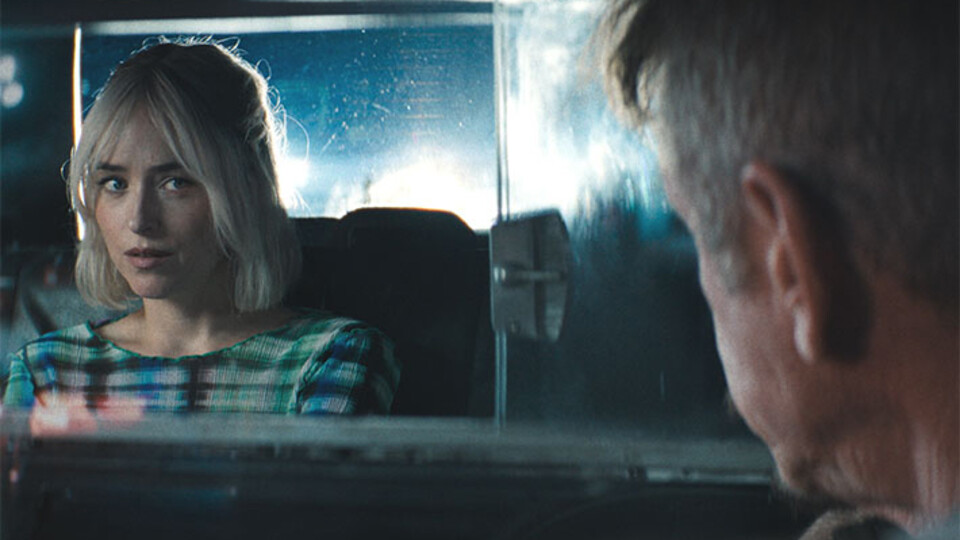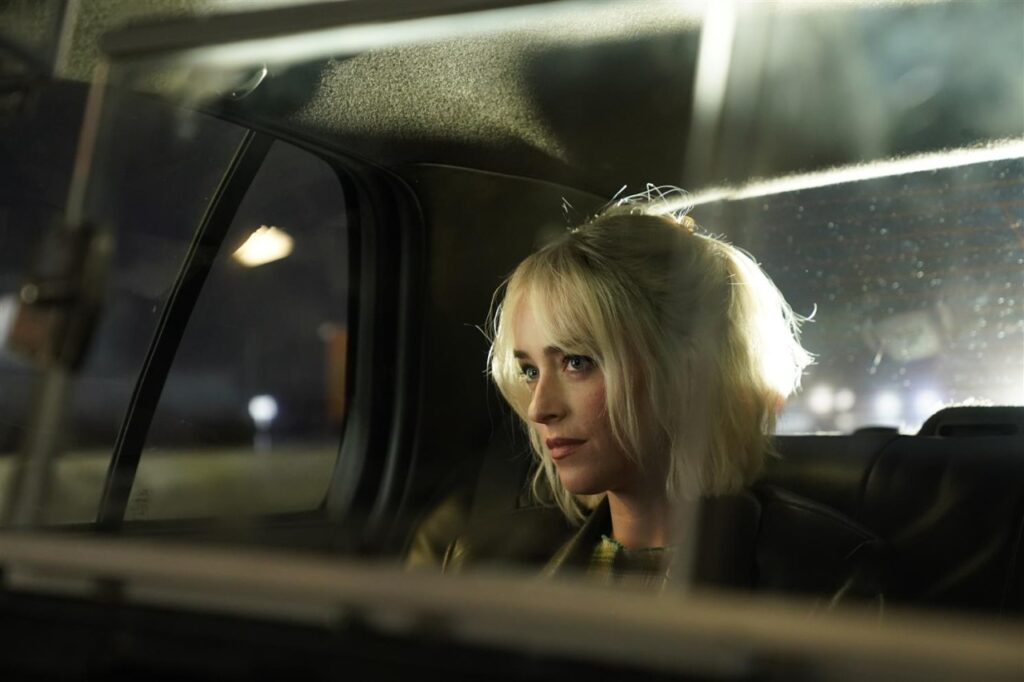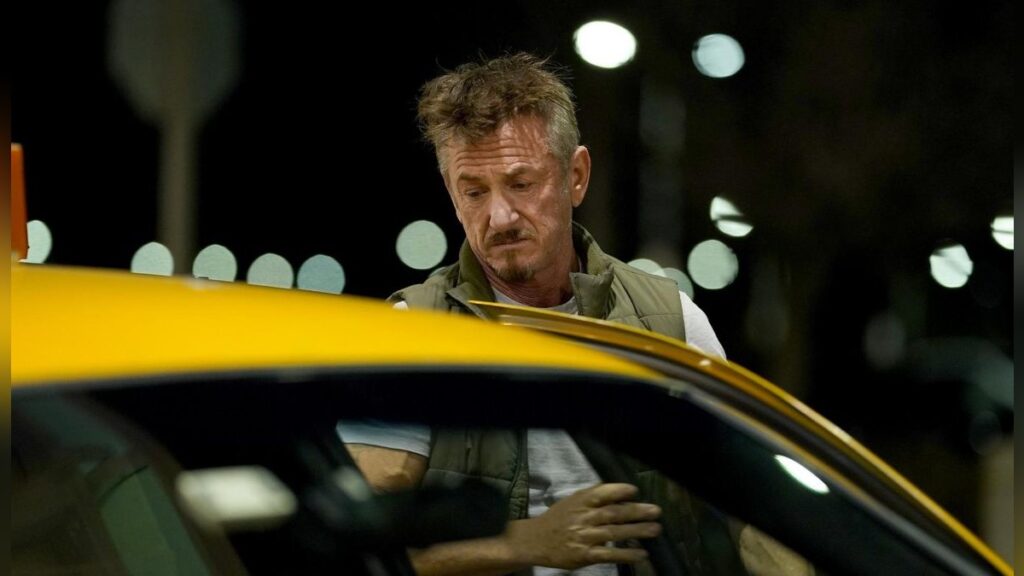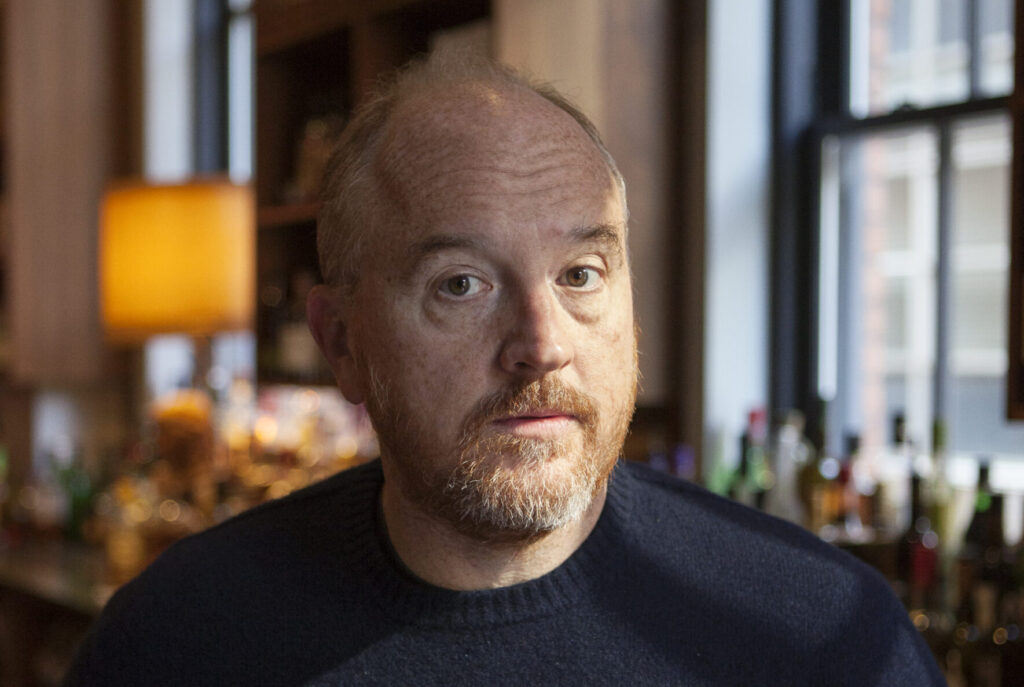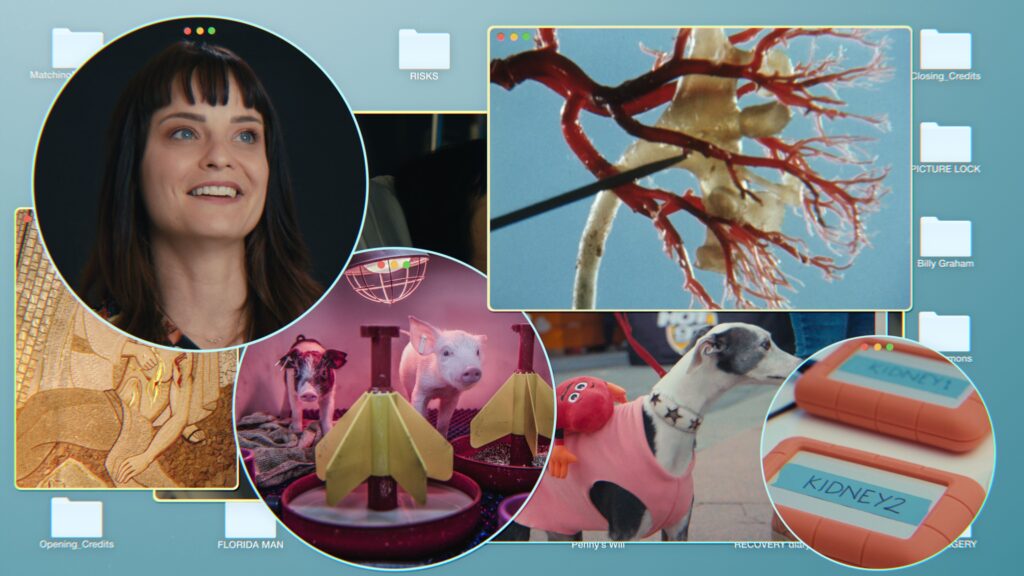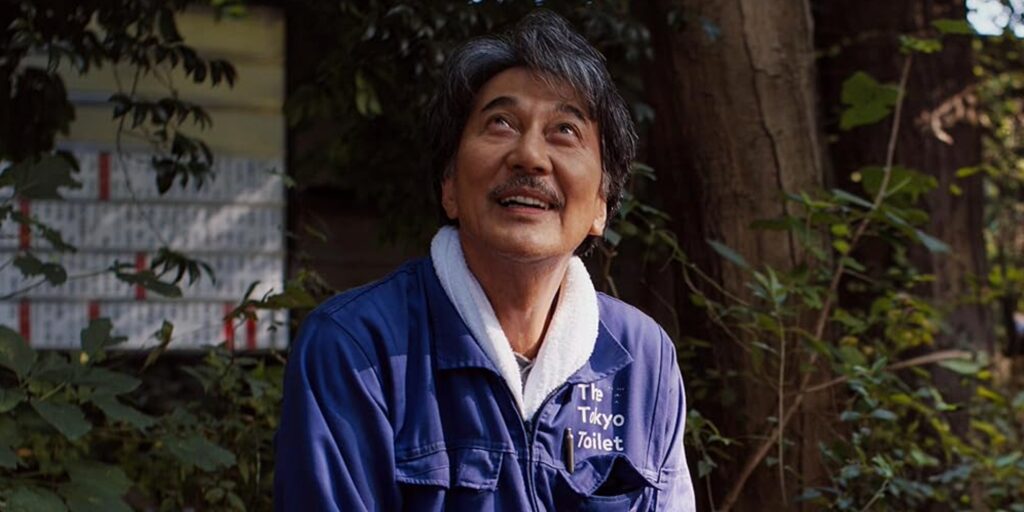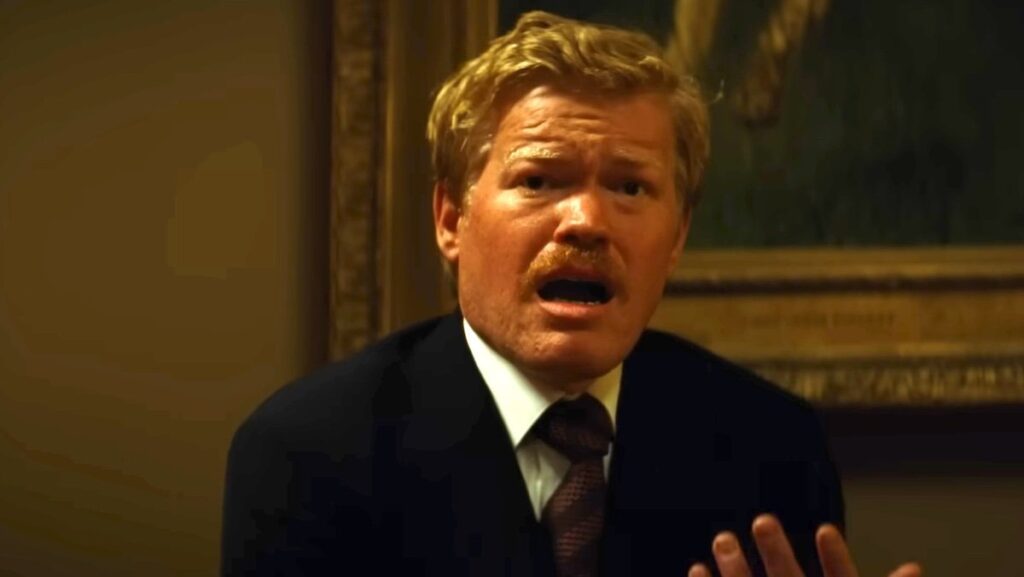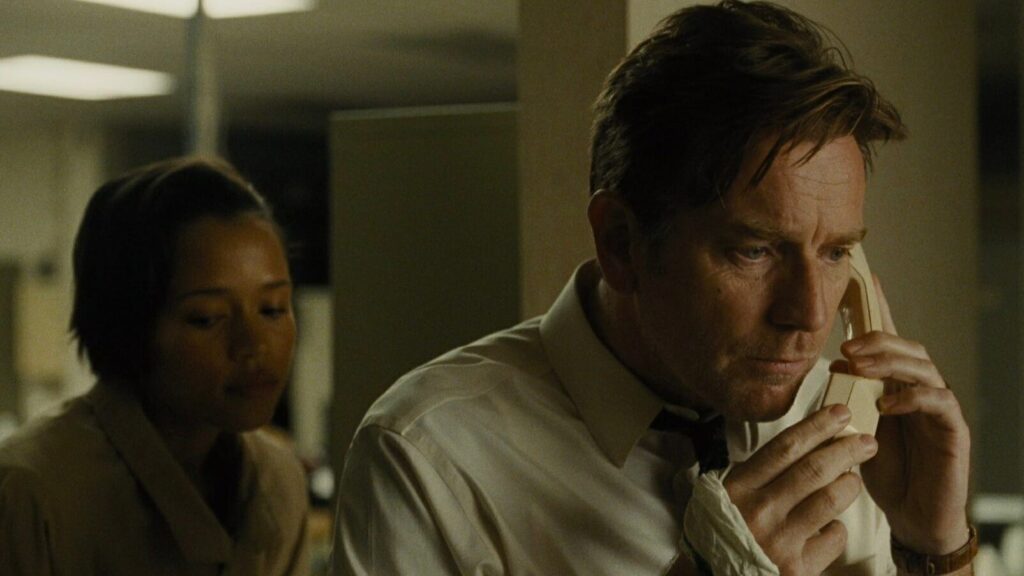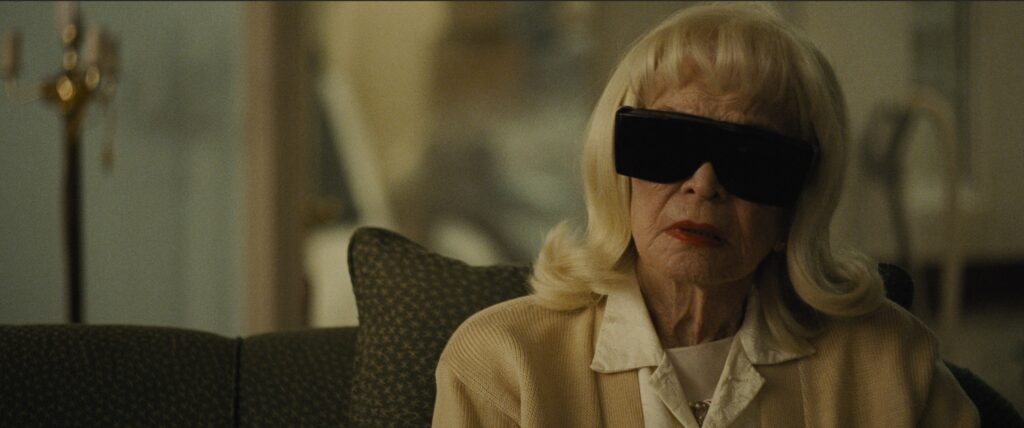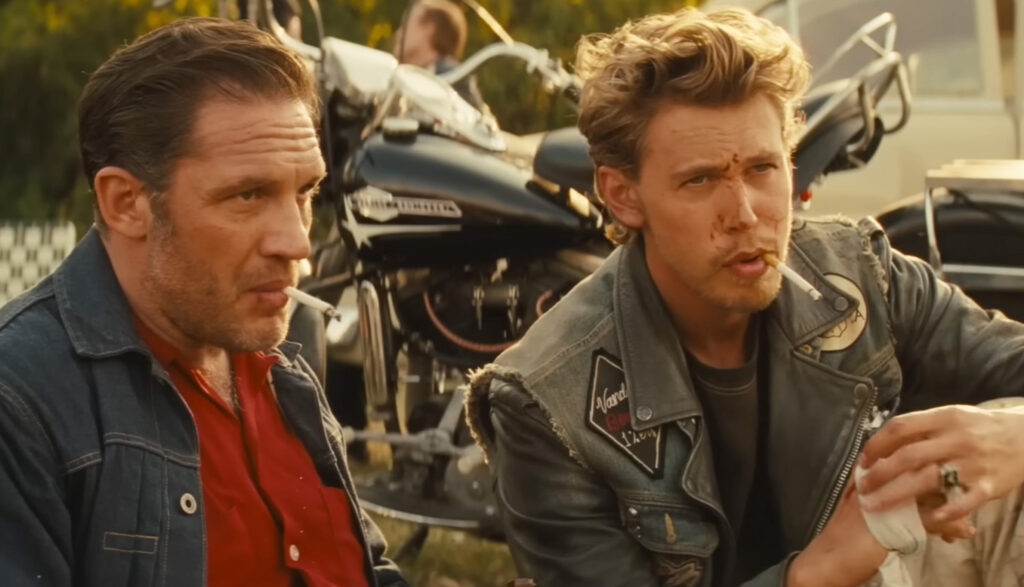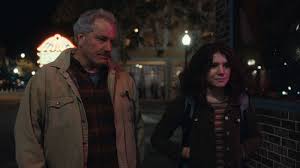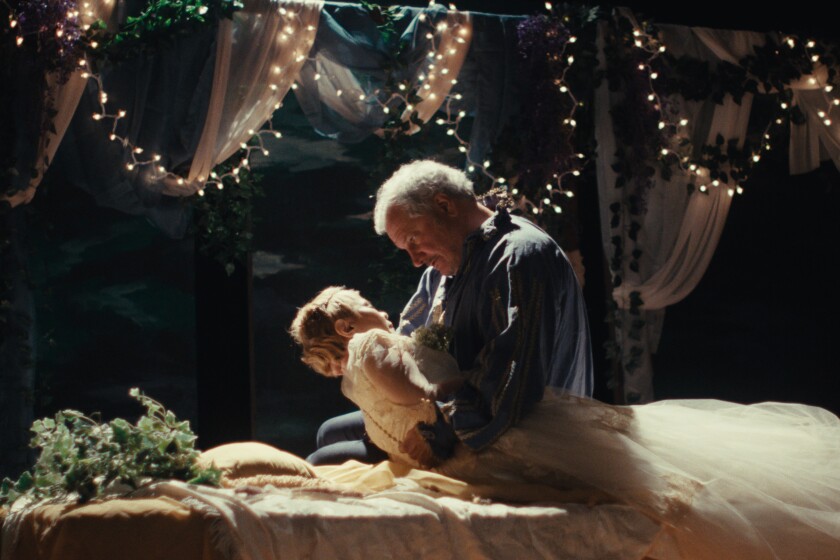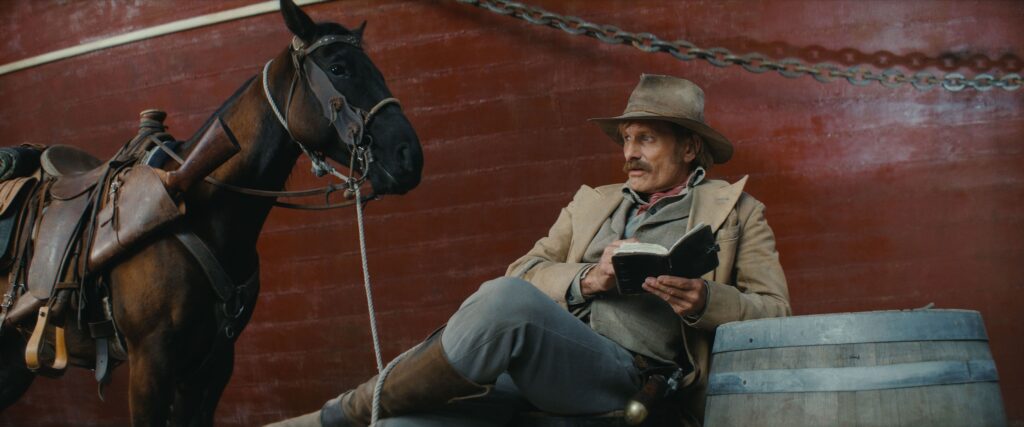
The evocative psychodrama I Saw the TV Glow is unlike any movie you’ve seen and marks the emergence of gifted filmmaker. Set in 1996, in the last days of what we now know to be the pre-Internet age, two suburban teens are captivated by a very trippy, highly stylized TV show. The fictional show, The Pink Opaque, has its own internal mythology, and kid characters, Isabel and Tara, battle the the monster of the week sent by Mr. Melancholy. The teens, Owen and Maddy, follow The Pink Opaque with the devoted fervor of fans of The Prisoner and Doctor Who.
Both Maddy and Owen feel alienated by mainstream high school culture, and Maddy (Bridgette Lundy-Payne) is okay with that. She is comfortable with being gay and confident that the burbs have nothing to offer her. Unplagued by self-doubt, she’s is eager to leave for an environment with more excitement and diversity.
Two years younger, Owen (Justice Smith as the young man Owen) is a puddle of anxiety, hesitance and awkwardness. He isn’t confident about ANYTHING, let alone his identity. Maddy tells him that she likes girls and asks about Owen’s preference; he responds, “I think I like TV shows”.
Owen’s parents won’t let him stay up to watch The Pink Opaque at 10:30 pm Saturday night, so Maddy slips him VHS tapes. The show speaks to them in away that nothing else in their lives does, and they bond in their earnest devotion.
Suddenly, Maddy disappears without a trace, with only her TV burning in the backyard. And then, The Pink Opaque gets abruptly cancelled. Now Owen must navigate the harshness of life without his most pivotal supports, and it’s a rough ride. The story skips ahead eight years, and then twenty more, to the present.
I Saw the TV Glow is the third feature for writer-director Jane Schoenbrun (their first two films were credited to Dan Schoenbrun). I Saw the TV Glow is a mesmerizing slow burn that doesn’t spoon feed the audience, but requires active engagement. Masterful in tone, Schoenbrun spins their tale with the eerie and suspenseful fell of a horror film, but it is not horror – the only thing that gets slashed and splattered is a young man’s nostalgia.
Most of I Saw the TV Glow takes place at night, in darkness highlighted with vivid neon-like colors. The cinematographer was Eric Yue (A Thousand and One). The kids’ perspective, attitudes and speech resonate with perfect pitch; these characters are utterly authentic (in sharp contrast to Disney Channel sitcoms). Brimming with originality, Jane Schoenbrun is gifted with very special talents.
This should be a breakthrough performance by Justice Smith. Everything about his Owen telegraphs his discomfort in his own skin and his fear of doing something embarrassing. His voice quavers with hesitation. It’s a haunting performance, and the audience’s fear for what will happen to Owen drives the movie.
Lundy-Payne gets to deliver a remarkably chilling monologue as Maddy.
How popular will this film be with teens? Hopefully, teens will be attracted by the horror look-and-feel and seduced by the realism of the teen characters.
I Saw the TV Glow stands to become a cult film for all the right reasons – it’s unlike any prior movie and it resonates with anyone who felt like an outsider in adolescence. Trippy and spooky, midnight screenings await.
That being said, I Saw the TV Glow is not for everyone. Some viewers may become impatient with the pace or confused by the construction of the narrative. This isn’t conventional storytelling.
I Saw the TV Glow debuted at Sundance and was nominated for awards at the Berlinale and SXSW. After a limited release in the spring, it’s back in some theaters now; I Saw the TV Glow can be streamed from Amazon, AppleTV and Fandango.

